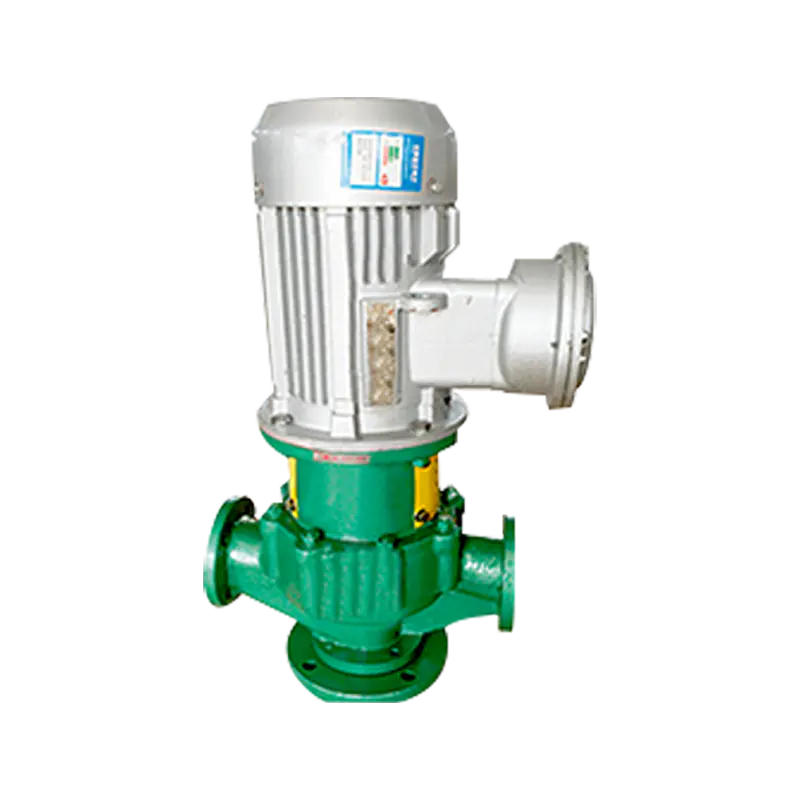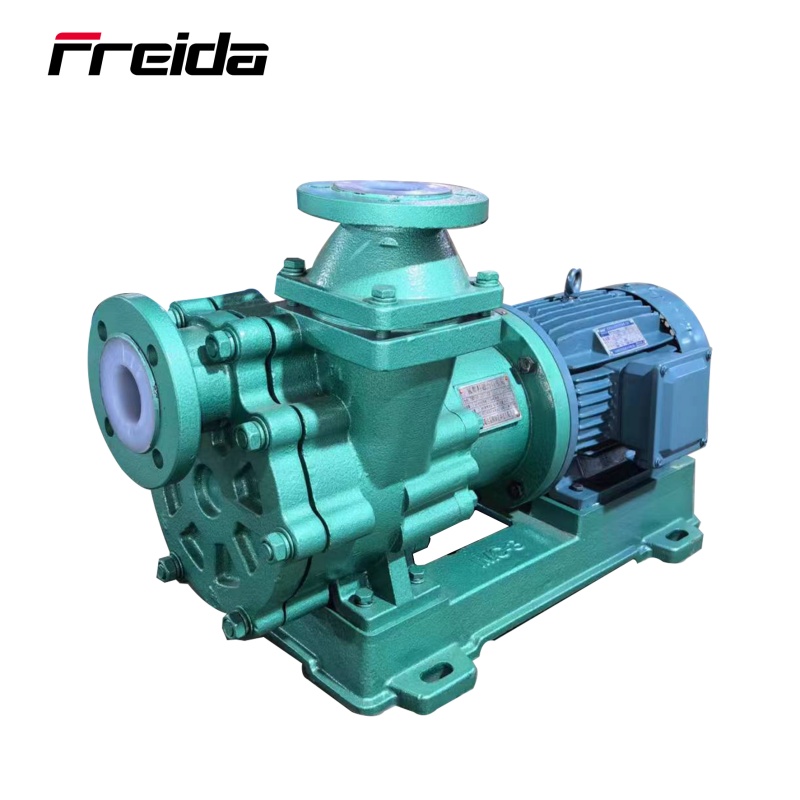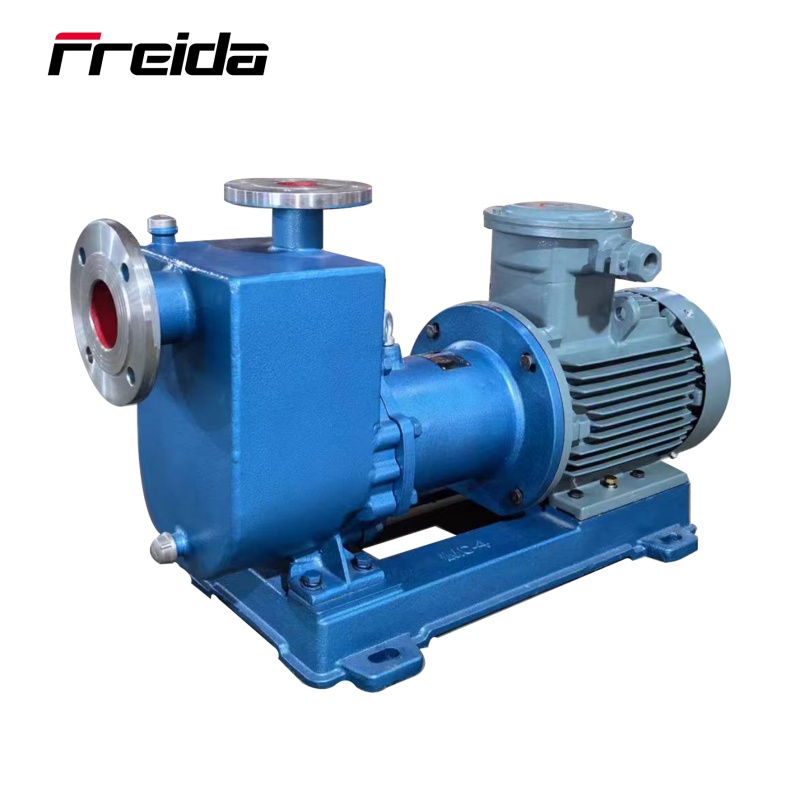Centrifugal pumps are the most widely used type of pump in industrial, agricultural, municipal, and residential applications. Their popularity stems from their simple mechanical design, adaptability to a wide range of applications, and high efficiency in moving low-viscosity fluids. This article offers a comprehensive overview of centrifugal pumps, covering their working principles, components, types, performance characteristics, and application scenarios.
1. Working Principle of a Centrifugal Pump
A centrifugal pump operates on the principle of centrifugal force, which is generated by a rotating impeller. Here's a detailed look at the working cycle:
-
Fluid enters through the suction eye of the impeller at the center (axially).
-
As the impeller spins, it accelerates the fluid radially outward, converting mechanical rotational energy into kinetic energy.
-
This high-velocity fluid is directed into a volute or diffuser casing, which gradually reduces the velocity and increases the pressure.
-
The fluid then exits the pump through the discharge nozzle, ready for transport.
The conversion of energy occurs in two stages:
This makes centrifugal pumps highly efficient in transporting fluids over relatively long distances at consistent flow rates.
2. Key Components and Their Functions
To understand how centrifugal pumps operate effectively, it’s important to be familiar with their main components:
-
Impeller: The heart of the pump. Typically made from metal or plastic, it may be open, semi-open, or closed depending on the application and fluid type.
-
Pump Casing: Surrounds the impeller and captures the fluid. Common designs include volute casing (spiral-shaped) and diffuser casing (with guide vanes).
-
Suction and Discharge Nozzles: Inlet and outlet points for fluid flow.
-
Pump Shaft: Transfers mechanical energy from the driver (usually an electric motor) to the impeller.
-
Seal Mechanism: Includes mechanical seals or packing glands to prevent leakage where the shaft enters the casing.
-
Bearings and Couplings: Ensure smooth rotation and alignment between the motor and the pump.
3. Types of Centrifugal Pumps
Centrifugal pumps can be categorized based on several criteria:
a. Based on Impeller Stages:
-
Single-stage pump: Contains one impeller; simple design, ideal for low-head applications.
-
Multi-stage pump: Contains multiple impellers in series; used in high-head or high-pressure applications like boiler feed water or high-rise buildings.
b. Based on Orientation:
-
Horizontal centrifugal pumps: Shaft lies horizontally. Easier maintenance and installation.
-
Vertical centrifugal pumps: Shaft stands vertically. Used where floor space is limited or when pumping from deep wells.
c. Based on Suction Type:
-
End-suction pumps: Common design where the fluid enters the pump from one end.
-
Split-case pumps: Feature a horizontally split casing, allowing easy access to internal components for maintenance.
d. Based on Impeller Design:
-
Closed impellers: High efficiency, used with clean liquids.
-
Semi-open impellers: Tolerates small solids or slurries.
-
Open impellers: Best for highly contaminated or viscous fluids.
4. Performance Characteristics
Understanding the following parameters is essential when selecting or analyzing centrifugal pumps:
-
Flow rate (Q): Volume of fluid the pump can handle, typically in m³/h or GPM.
-
Head (H): The height to which the pump can raise the fluid, measured in meters or feet.
-
Efficiency (%): Ratio of hydraulic power output to the mechanical power input.
-
NPSH (Net Positive Suction Head): Ensures fluid does not vaporize at the impeller, avoiding cavitation.
-
Pump curve: Graph showing the relationship between head and flow, efficiency, and power consumption.
5. Advantages of Centrifugal Pumps
-
Efficient for high flow, low viscosity fluids
-
Simple and compact design
-
Lower maintenance costs compared to positive displacement pumps
-
Broad application flexibility
-
Stable and continuous operation
6. Limitations to Consider
While highly versatile, centrifugal pumps do have limitations:
-
Cannot handle highly viscous fluids efficiently
-
Not self-priming unless designed with a priming mechanism
-
Performance drops sharply with changes in system pressure
-
Susceptible to cavitation if NPSH requirements are not met
7. Applications of Centrifugal Pumps
The versatility of centrifugal pumps is evident in the diversity of industries they serve:
| Industry |
Application |
| Municipal |
Water supply, wastewater treatment |
| Agriculture |
Irrigation systems, drainage |
| HVAC |
Circulating water in cooling and heating systems |
| Chemical |
Transporting chemicals, solvents, or corrosive fluids |
| Oil & Gas |
Transfer of refined or unrefined petroleum products |
| Food & Beverage |
Pumping dairy, juices, or beer in sanitary systems |
| Marine |
Bilge pumping, seawater cooling systems |
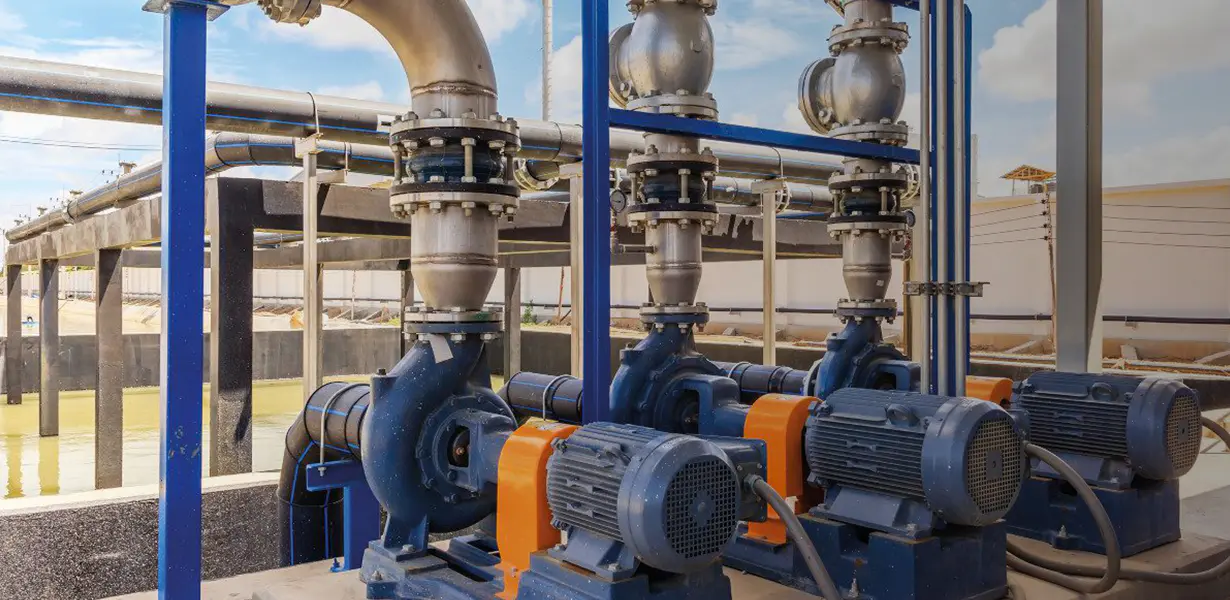
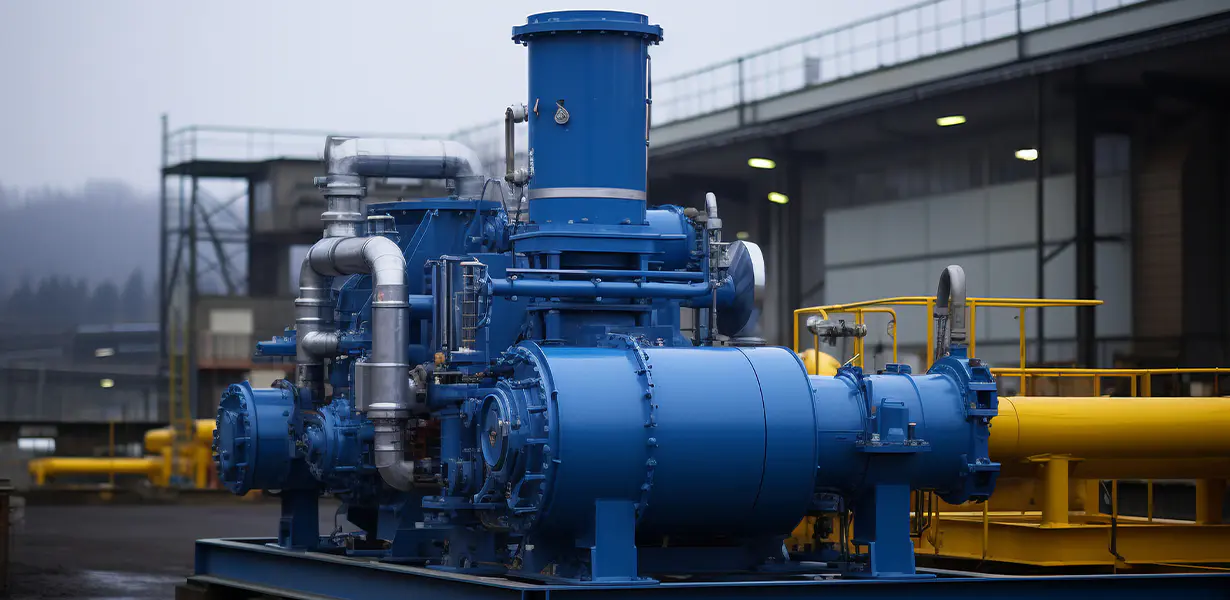
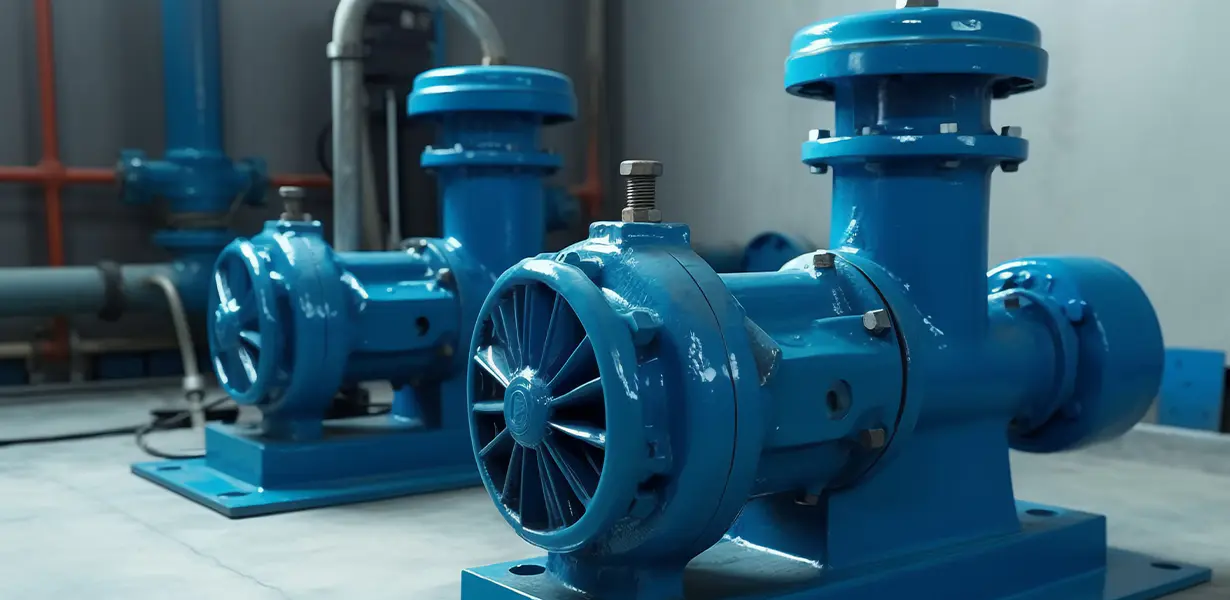
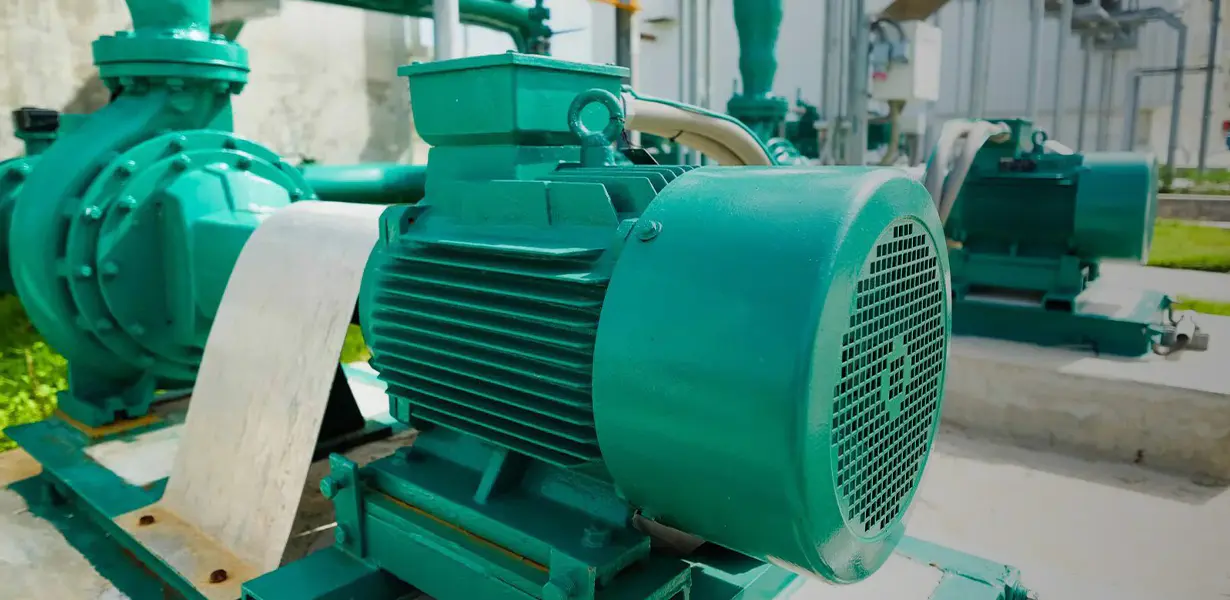
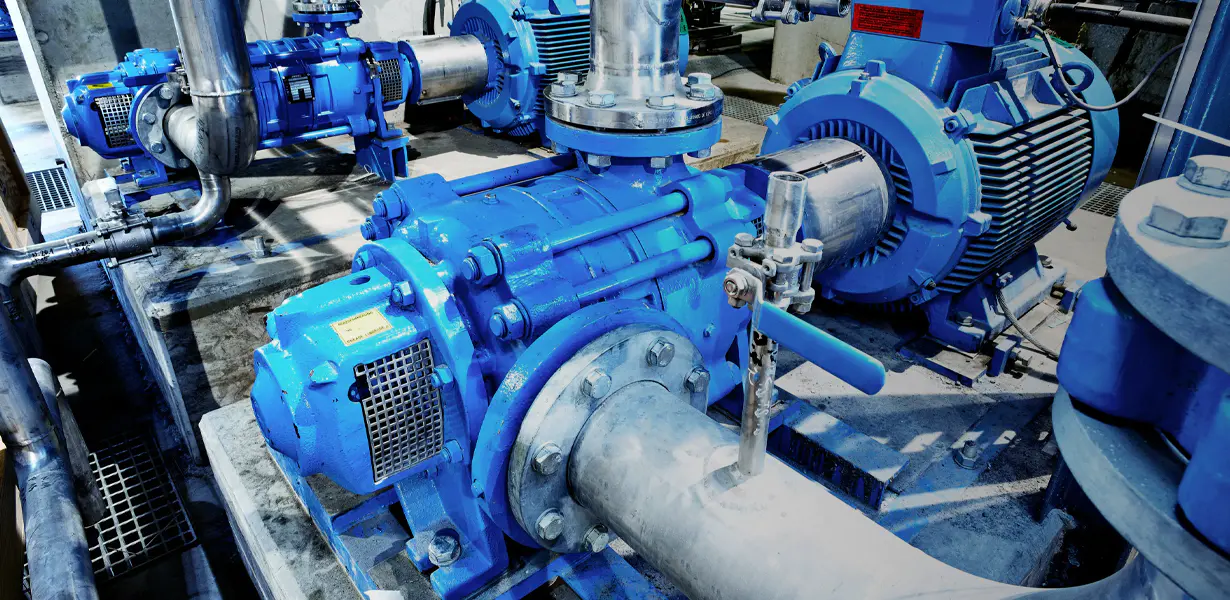
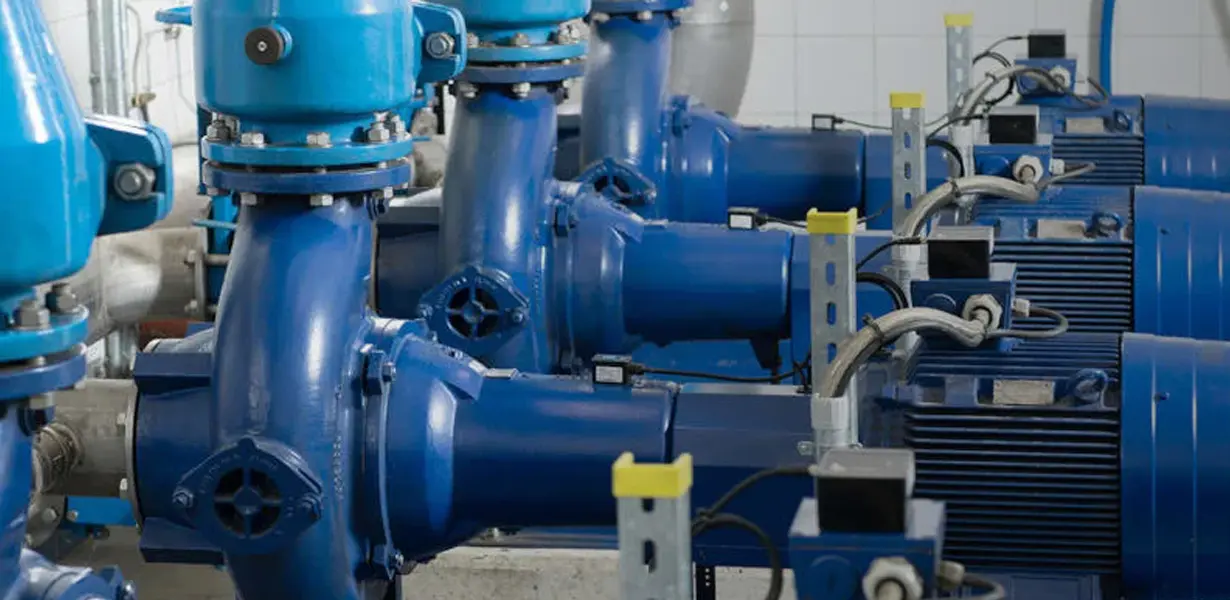


 English
English русский
русский Español
Español Français
Français







